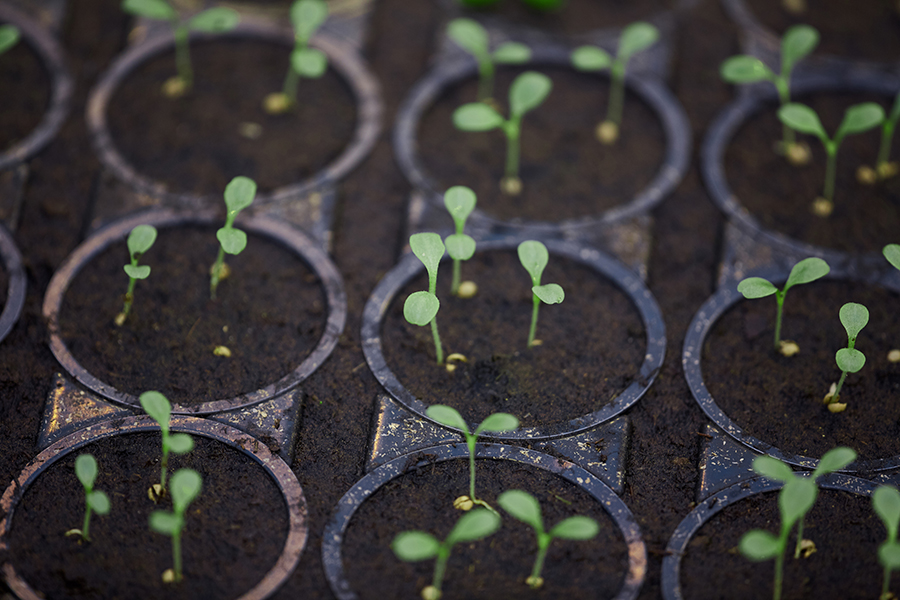I’m proud to lead a company that has joined the United Nations (UN) Global Compact as a signatory member, dedicated to improving communities by aligning with the targets outlined and categorized by the UN Sustainable Development Goals (UNSDGs).
One of the ways we can all work towards a more sustainable future is to make a conscious choice to replace some of our meat-based consumption with more products made with plant-based ingredients. This is because meat and dairy products are a major contributor to greenhouse gas (GHG) emissions, water use, deforestation, and pollution.
Unfortunately, we seem to be heading in the opposite direction. According to the UN Food and Agriculture Organization, global demand for meat is projected to double by 2050. And with the worldwide population expected to cross 9 billion by 2050, demand for daily protein servings is expected to increase by 74%. Think of the impact we can have if just a fraction of those servings came from plant-based sources like soy, quinoa, or pea protein.
Take soy, for example. It contains all nine essential amino acids that our bodies cannot produce on their own, making it one of the only complete plant-based proteins available. Soy is also comparatively efficient to grow, using less water, emitting less carbon, and producing more protein per acre than beef, eggs, or milk. Therefore, replacing even a tiny portion of animal proteins with plant-based proteins grown efficiently can have a long-term positive impact on our environment.
Positive Impacts of Plant Fuel
In addition to the positive environmental impacts, incorporating plant-based ingredients in one’s diet positively impacts the world’s food supply because it makes better use of our land resources. According to a research study published by the National Academy of Sciences, replacing all animal-based items with plant-based diets could add enough food to our supply chain to feed 350 million additional people, which would go a long way in supporting the UN’s Sustainable Goal of zero hunger.
While changing diets and forming new habits is not always easy due to inequities of access. There’s certainly more to uncover around the impacts of plant protein on exercise performance — we do know eating less meat can reduce the risk of obesity, heart disease, stroke, high blood pressure, high cholesterol, and some cancers. Eating more vegetables also provides a good amount of carbohydrates that the body can burn during exercise — all great reasons to make the change.
Fueling Sustainable Businesses
Having a positive impact on society is more than just making the world a better place; it also makes good business sense. People are increasingly affected by critical societal issues, and investors and other stakeholders are watching closely as consumers demand that companies take a stand. From improving the environment to diversity and inclusion, investors are increasingly considering how companies support communities, society, and the planet, as part of their investment thesis.
In fact, between 2018 and 2020, total U.S.-domiciled sustainably invested assets under management, both institutional and retail, grew 42%, to $17.1 trillion, up from $12 trillion. This growth is driven by multiple factors, including the global spotlight on sustainability and waste reduction and corporate responsibility to lead that change.We must prioritize creating a better world – both now and for future generations.
The United Nations Secretary-General put it best in his 2020 State of the Planet speech. He said, “Making peace with nature is the defining task of the 21st century. It must be the top, top priority for everyone, everywhere.” To read his entire speech, click here. But be warned – it’s not for the faint of heart, but it may just convince all of us to take one small step toward improving our world and creating a more sustainable future.




































